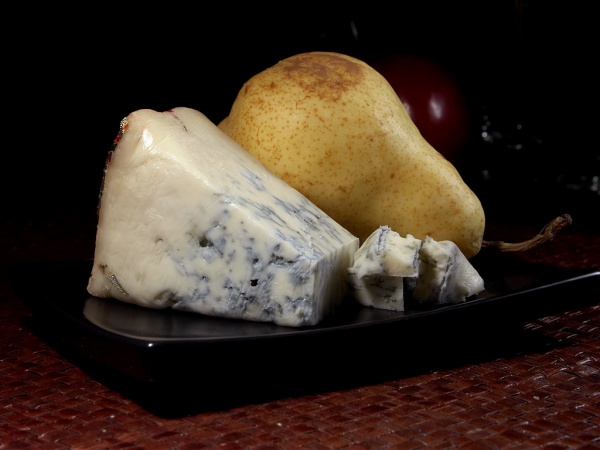Facts About Gorgonzola
Gorgonzola is an exquisite Italian cheese made from unskimmed cow's milk, renowned for its distinctive blue veins and salty flavor. Depending on its aging process, it can be either creamy and buttery or firm with a sharp "bite" from the blue mold. Originating as far back as the 11th century in the town of Gorgonzola near Milan, although there are debates about its exact birthplace, this cheese boasts a rich history.
Today, Gorgonzola is primarily produced in the regions of Piedmont and Lombardy. The process involves whole cow's milk, starter bacteria, and mold spores called Penicillium glaucum. During the aging process, metal rods are inserted into the cheese to create air channels, allowing the mold to grow and form the hallmark blue veins.
There are two main varieties of Gorgonzola: Gorgonzola Dolce, which is sweeter and milder, and Gorgonzola Piccante, also known as Gorgonzola Naturale or Mountain Gorgonzola, which has a more pronounced flavor. This cheese is protected under EU law, signifying that it can only be produced in specific regions of Italy.
Gorgonzola's versatility makes it a favorite ingredient in numerous dishes. It enhances salads, dressings, pizzas, and serves as a delectable topping for steak. It also melts beautifully into risotto and pairs wonderfully with polenta. Nutritionally, Gorgonzola is high in calories, fat, protein, and saturated fat, making it a rich addition to any meal.
Interestingly, Gorgonzola has even made its mark in literature. In James Joyce's "Ulysses" the protagonist enjoys a Gorgonzola sandwich paired with Burgundy wine. This inclusion in the novel is often interpreted as a symbol of corruption and has connections to Dante's "Inferno."
Whether you appreciate its creamy texture or its bold, tangy flavor, Gorgonzola is a cheese with a storied past and a cherished presence in both the culinary world and popular culture.

 Switzerland
Switzerland